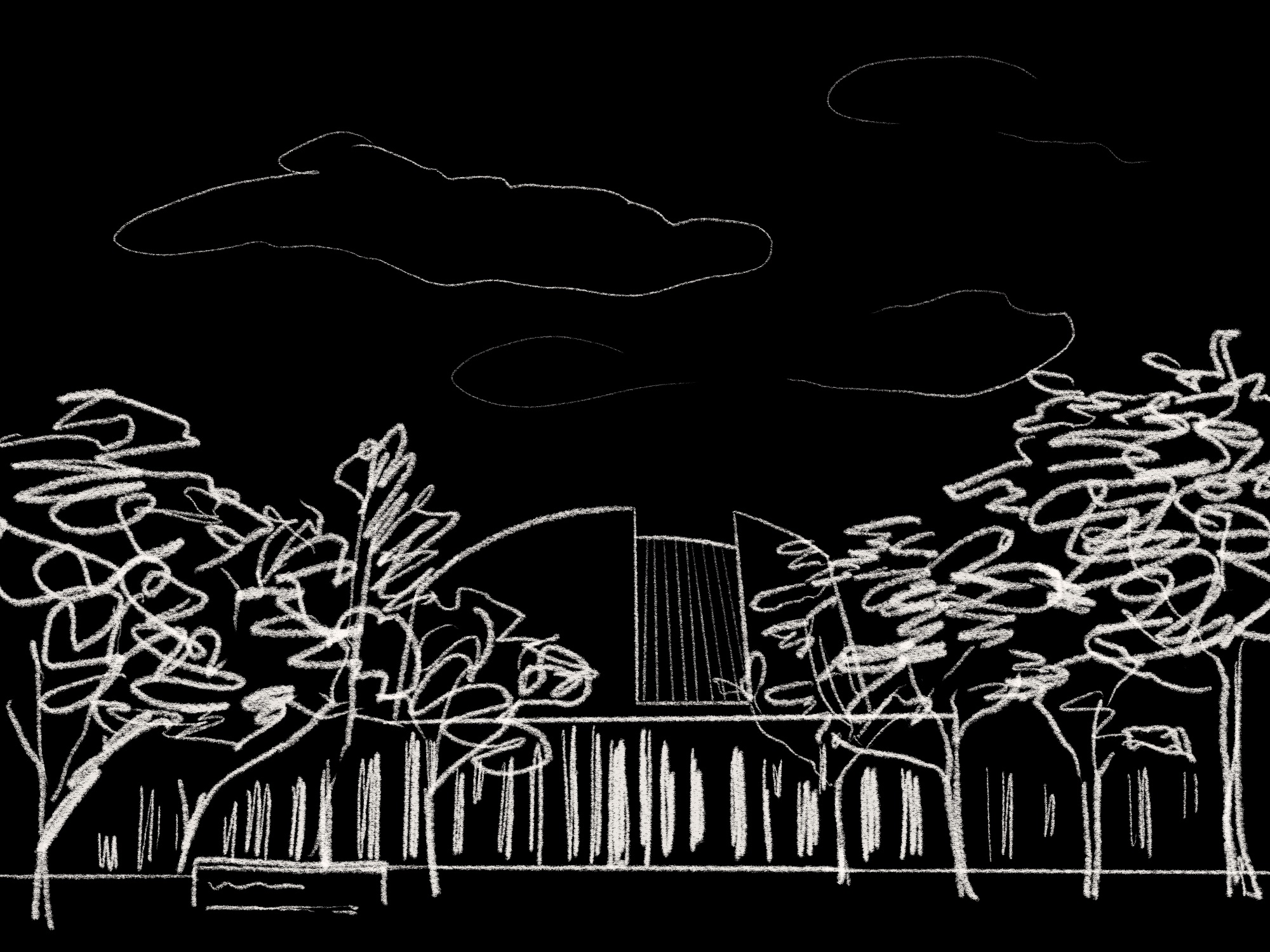For arts lovers on campus, the 2022-2023 season of Stanford Live may seem like the best year yet, featuring world-class artists, including the likes of American cellist Yo-Yo Ma and Greek dancer Dimitris Papaioannou. In the midst of such a historic program, it is most enlightening to reflect on the history of Stanford Live through past reporting of The Stanford Daily.
The two have grown alongside each other throughout the past five decades, with The Daily witnessing milestones such as the inauguration of the Bing Concert Hall. The Daily’s arts reporting has transformed in company with Stanford Live, from focusing on previewing each season in the 1970s to reviewing individual performances in the current moment. Stories in The Stanford Daily archives shed light on Stanford Live’s evolution on campus.
Origin of Stanford Live
Although Stanford Live performances began drawing The Daily’s spotlight strongly in the 1970s, the organization traces its origin to the annual Stanford Summer Festival that started in 1964. Using its endowment of $100,000 from the University, the festival held a variety of music and dance programming by renowned performers, such as trumpeter Don Ellis’ 22-piece jazz orchestra and the New York City Opera. In 1967 alone, the festival hosted 126 events for an estimated 71,000 people.
However, the Summer Festival began to face the risk of discontinuation in its sixth season in 1968 due to severe budget constraints. According to Stephen Baffrey, who then worked in the University Relations Office, the program could barely break even. The deficit of the summer of 1967 was 80% higher than anticipated.
The program’s importance to the Stanford community was apparent in The Daily’s reporting, from headlines like “Festival Presents Top Musical Stars” to reporter Jenny Matthews’ comment that “Stanford University may become a culturally barren community this summer” in the event of the program’s closure.
After the Summer Festival’s programming was discontinued in 1970, its Associate Producer Tom Bachetti developed the Office of Public Events’ original Tuesday Night lecture and film series into a program titled the “Lively Arts at Stanford.” The first Lively Arts shows featured ensembles such as the Chamber Music Society of Lincoln Center and Guarneri String Quartet at affordable prices. The organization was further known for its collaboration with the Young Concert Artist Series, which offered a performance venue for talented young musicians all over the world.
The Stanford community’s excitement about the Lively Arts in the ’70s shines through headlines such as “Lively Season for Lively Arts” and feature stories on the formation of a students’ art committee to facilitate student engagement in the organization’s Community Outreach Program.
Intriguingly, the Daily’s coverage of Lively Arts’ programming prior to the 2010s is mainly composed of previews of the upcoming season’s performances, as opposed to reviews or artist profiles. There were also many advertisements of half-price tickets for students after the Lively Arts program received funding from Helen and Peter Bing ’55.
Establishment of the Bing Concert Hall
Some 30 years after its founding in 1969, the Lively Arts welcomed another milestone in its existence: the birth of the Bing Concert Hall. While current frequenters of Stanford Live performances may take for granted the venue’s grandeur and superb acoustics, the hall — inaugurated in 2013 — was one of the newest additions to the Stanford campus.
The Daily has closely followed the development of the Bing since the mid-2000s. In 2006, reporter Niraj Sheth wrote that “the University took one step closer towards being a cultural and arts hub” when it announced a $50 million gift from the Bing family to build a 900-seat, “world-class” concert hall.
Designer Nagata Toyota, who also planned the Walt Disney Concert Hall, carefully thought through the structure to be a “beacon” of the university and national arts scene. The Daily documented that the Bing embodied the Stanford Arts Initiative, a project by the Lively Arts and Stanford administration to raise funds to expand the arts scene on campus by hiring more faculty, offering affordably priced tickets to students and collaborating with residential programming.
The groundbreaking of the concert hall on May 12, 2010 made the front page news of The Daily. To commemorate the opening concert of the Bing on Jan. 14, 2013, Katie Salmon ’15 M.S. ’18 solicited comments from the music director of the San Francisco Symphony and American composer John Adams among many others, each lauding the possibilities that the venue opened. The print issue of the same day included an additional headline “Ba-da-BING! New concert hall opens” to review the performance of ensembles, such as the Stanford Chamber Chorale, on the same night.
The erection of the Bing was accompanied by another milestone: the Lively Arts being renamed as Stanford Live. “While we continued from Lively Arts, the rebranding reflected a new identity, as we moved into our own dedicated space for the first time,” Amanda Wah, Stanford Live’s Director of Marketing & Communications, wrote to The Daily.
“Beginning that year, we expanded our programs significantly: from about 40 performances per season during the Stanford Lively Arts era to the current schedule of approximately 150 performances per year,” Wah added.
With the expansion of the programs came a shift in the style of The Daily’s review of Stanford Live programs: away from season previews and into individualized reviews. Today in The Stanford Daily, we can rarely find an overview of the upcoming Stanford Live season. Instead, what flourishes is writers sharing their own experiences attending performances such as a concert by world-class pianist Lang Lang and a dance show by the Cloud Gate Dance Theater of Taiwan. The reviews are more personalized and less broad-stroke. By providing detailed feedback on each show, this coverage also puts The Daily in a closer, more dialectical role within the campus performing arts scene.
